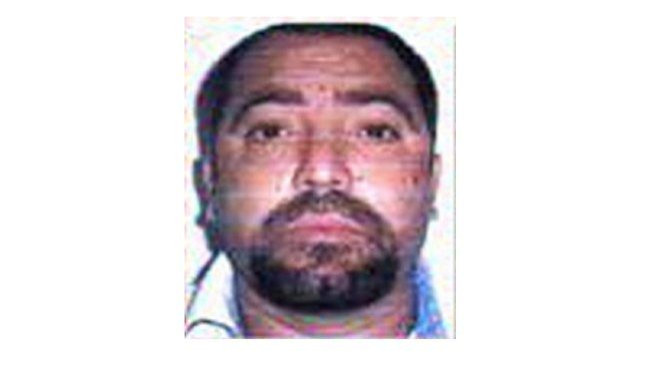
After saying it would focus less on capturing drug cartel leaders, the government of Mexican President Enrique Peña Nieto has already done quite a bit of that since he entered office in December. On Sunday, the Mexican army arrested Mario Armando Ramírez Treviño, a top leader of the Gulf cartel, in Reynosa, Tamaulipas -- the same state where Zeta cartel leader Miguel Ángel Treviño Morales was captured less than a month ago. The Mexican government said in a statement after the Gulf cartel leader's arrest that it considered him "one of the principal authors of the violence in Tamaulipas."
Much of that violence was triggered by the September 2012 arrest of Jorge Eduardo Costilla Sanchez, the previous leader of the Gulf cartel. That takedown spurred a rash of infighting in the group, and indications are that Ramírez Treviño may not have been so much a clear successor to Costilla Sanchez as one of several faction leaders who aspired to seize power in his wake. The Gulf cartel has also been at war with the Zetas, waging a brutal war for control of plazas or territories on the drug route leading into the United States.
Mexican President Enrique Peña Nieto's predecessor, Felipe Calderon, had largely directed drug enforcement efforts at the heads of the organizations; 25 of Mexico's 37 most wanted drug lords were arrested during his six years in office -- a term which saw some 60,000 people die in drug-related violence. Peña Nieto's Interior Secretary, Miguel Angel Osorio Chong had attributed that gory period directly to Calderon's US-backed strategy. Breaking up their chain of leadership, he said then, "has made them much more violent and much more dangerous."
At a news conference on Sunday, federal security spokesman Eduardo Sanchez said the government would deploy forces in Tamaulipas, where both cartel leaders were captured, to guard against an outbreak of intra-cartel violence which might result from the arrests. But he also took pains to emphasize the ways in which drug-war strategies have changed under the new administration, highlighting what he called unprecedented coordination among law-enforcement agencies at the military, state and federal levels. According to the Associated Press, Sanchez also said organized-crime killings had dropped 20 percent in recent times -- a hotly disputed figure.
The homicide rate in Tamaulipas is the fifth-highest of all Mexican states, with 46 murders per every 100,000 inhabitants, putting it behind Chihuahua and Guerrero (at 77 per 100,000) and Durango and Sinaloa (48 per 100,000). Ramírez Treviño is also wanted by the US government on drug trafficking charges; the State Department had offered a reward of $5 million for information leading to his capture.
RELATED: Michoacan Mexico Violence 2013: Government Disarms Self-Defense Groups And Vows To Protect Residents From Drug Cartels, But Can It?
© 2025 Latin Times. All rights reserved. Do not reproduce without permission.




